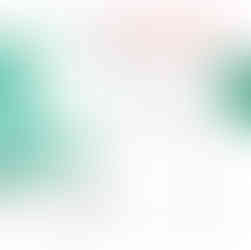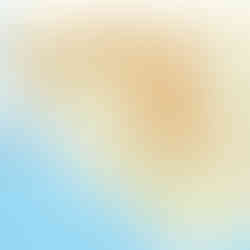Country Quest: The Gambia #174
- Jan Dehn

- Dec 6, 2023
- 4 min read
Updated: Apr 27

Today I had the great pleasure of arriving in The Gambia, my 174th country. The Gambia is the only African country to have been colonised by Latvians.
In 1651, the Curonians built forts and outposts on several islands at the mouth of the Gambia River. The Curonians hailed from the shores of the Baltic Sea in what is today Latvia and Lithuania. They were a medieval tribe closely related to the Vikings, whose moment of fame lasted from the 5th Century to the 16th century

They were all like that - typical Curonian (Source: here)
The Curonians only stayed in The Gambia for eight years at which point they handed their possessions to the Dutch West India Company and left. They returned briefly the following year, but were excommunicated by British just a year later.
Moving on.
The British colonisers immediately began to squabble with the French over control of The Gambia. Both colonisers wanted river access to the interior of West Africa in order to take slaves and other goods. For a time, they also believed there were untold riches in the mythical city of Timbuktu.
When they had squabbled for about 200 years someone finally came up with the brilliant idea of setting up a commission to settle their differences over The Gambia.
In 1889, the Franco-British Boundary Commission defined The Gambia as the land 10 kilometres north and south of the Gambia River from the Atlantic Ocean to about 300 miles east at Yarbutenda, which was the furthest navigable point on the river at the time.
Under the border agreement, the French were granted inland access via the Senegal River, while the British got the Gambia River. The settlement paved the way for the establishment of the Gambia Colony and Protectorate which was finally proclaimed in 1894. The borders remain to this day.

Gambia (Source: here)
The Franco-British Border Commission created one of the smallest countries on mainland of Africa and, indeed, one of its oddest. Turd-like in shape, The Gambia is a tiny serpentine nation made up of narrow strips of land on either side of a river. With a beach at one end.
The Gambia's borders were literally defined by a bunch of white men using a drawing compass and a map. Not a single African was present, let alone represented when the agreement was signed in Paris on 10 August 1889.
Why do you think the counrty's official name is 'The Gambia' and not just 'Gambia'? Because British interest in this country was literally only the river, The Gambia River. The British had zero regard for the people, who lived here, zero regard for how their crazy border would impact these people. Predictably, the borders...
“...cut across several villages, separating homes from farms, chiefs and alcaides from former subjects. The Colonial Powers regarded the partitioning of colonies as a diplomatic affair to be concluded between metropolitan governments in Europe, in consequence of which they created more problems among indigenous peoples than they solved.”(Source: here)
When, naturally, many local chiefs objected, they were crushed. Others were bribed. British ships bombed the town of Kansala.
Since The Gambia was part of a much larger economic and cultural entity prior to its formation, the country today boasts no fewer than five major ethnic groups and many smaller ones none of whom really call The Gambia their home.
Three of The Gambia's major ethnic groups: L-R Diola, Wolof, and Malinke. Sources: here, here, and here)
The Diola and the Wolof peoples were worst affected by the 1889 border agreement. Principally a Senegalese people, large numbers of Wolof became 'trapped' inside The Gambia in 1889. A similar fate befell the Diola people, who mainly live in the area of Senegal south of The Gambia known as Casamance. When The Gambia was formed significant numbers of Diola forcibly became Gambians; their communities remain divided by the border to this day.
Other cultural oddities came to pass. The largest ethnic group in The Gambia is now the Malinke, which makes up a third of the total population, but the Malinke actually call Senegal, Mali, Guinea-Bissau, and Guinea home. The Fula is Gambia's second largest group, but its home is not The Gambia either, but rather a vast area below Niger and Mali that stretches from Senegal on the the Atlantic coast to Northern Nigeria more than 3,500 kilometres to the east.
A cool dude once said, "what we do in life echoes in eternity". And so it came to pass that the primary legacy of the Franco-British Border Commission is to have divided a people and an economy, to the detriment of both.
Once the two centres of power - Senegal and The Gambia - had been established they proved impossible to put back together again due to different colonial administrative legacies and the by now sizeable vested interests involved.
Predictably, the balance of power between The Gambia and Senegal is not an even one. With a GDP fourteen times larger than that of The Gambia and surrounding the country on three sides, Senegal is clearly the big brother in this relationship. Senegal exercises a considerable degree of political control over The Gambia. The Gambia’s post-colonial governments have been weak and far from stable. Gambian development has thus been retarded, keeping more people in poverty than would otherwise have been the case.
The Gambia's border issues are by no means unique in Africa. However, few borders illustrate more starkly the core features of colonialism: extreme arrogance on the part of the colonisers combined with total disregard for the interests of the colonised.
The End










Comments